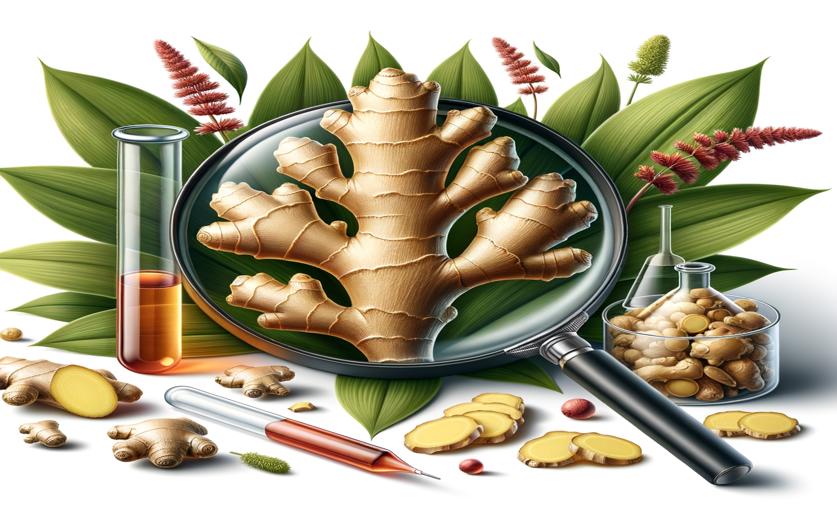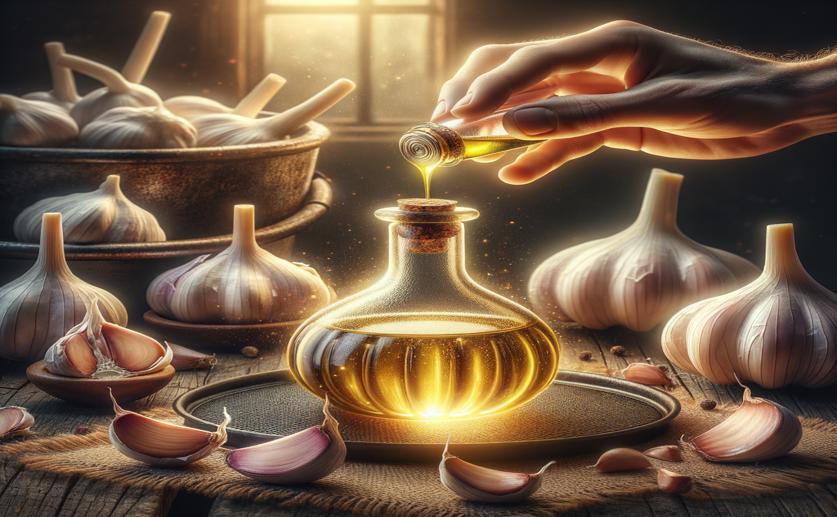
Spices News

 20th June, 2024
| Jim Crocker
20th June, 2024
| Jim Crocker
How Saffron's Key Ingredient Safranal Interacts with Digestive Enzyme Trypsin
Researchers from King Saud University have found that safranal, a key compound in saffron, binds to trypsin, a digestive enzyme, altering its structure and function. This interaction could impact digestion and safranal's therapeutic uses.
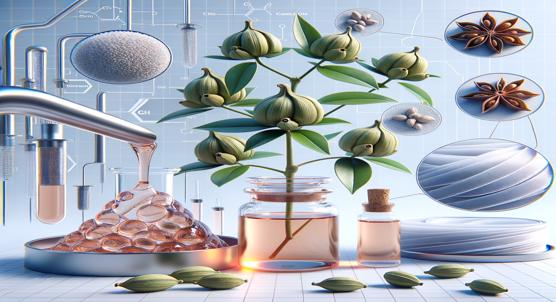
 19th June, 2024
| Jim Crocker
19th June, 2024
| Jim Crocker
Silk and Plant-Based Gel Infused with Cardamom for Improved Medical Materials
Researchers at Islamic Azad University have developed a hybrid wound dressing combining silk fibroin, polyvinyl alcohol, and cardamom extract, showing promising results in biocompatibility, antibacterial activity, and wound healing for chronic ulcers like diabetic foot ulcers.

 14th June, 2024
| Jenn Hoskins
14th June, 2024
| Jenn Hoskins
Developing a Cumin Harvester: Understanding the Force and Power Needed
Optimizing cutter bar speed and forward speed significantly reduces cutting force and power requirements for cumin crops, according to a study by Sri Karan Narendra Agriculture University. Blade-B1 proved to be the most efficient, consuming up to 30% less power than other blades.
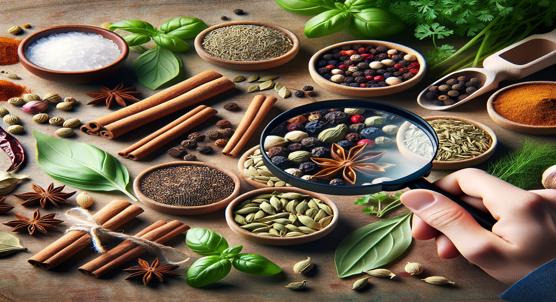
 14th June, 2024
| Jim Crocker
14th June, 2024
| Jim Crocker
Checking for Fungi and Toxins in Common Culinary Herbs and Spices
A study by the Technical University of Kenya found high levels of toxic fungi and ochratoxin A in spices and herbs sold in Nairobi. Garlic, cloves, and parsley had the highest contamination, posing significant health risks. Improved monitoring and storage practices are needed.
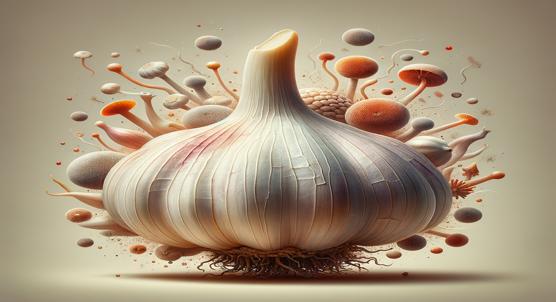
 11th June, 2024
| Greg Howard
11th June, 2024
| Greg Howard
Understanding How a Modified Garlic Peptide Fights Fungal Infections
Researchers at Tianjin University modified a garlic-derived peptide to enhance its antifungal activity against drug-resistant Candida albicans. By adding a lysine residue, they improved its efficacy and minimized toxicity, offering a promising new approach to antifungal therapy.

 8th June, 2024
| Jenn Hoskins
8th June, 2024
| Jenn Hoskins
Boosting Immune Responses and Health in Shrimp with Cinnamon Leaf Extract
Researchers found that Cinnamomum osmophloeum leaf extract boosts the immune response and disease resistance in white shrimp. Feeding shrimp with this extract enhances their ability to fight off pathogens, offering a natural alternative to traditional treatments in aquaculture.

 2nd June, 2024
| Jenn Hoskins
2nd June, 2024
| Jenn Hoskins
Creating Edible Films from Fish Gelatin and Garlic Oil
Researchers at FURG have enhanced fish gelatin films for sustainable packaging by adding garlic essential oil, which improves barrier properties and reduces water vapor permeability, leveraging garlic's antibacterial benefits and efficient extraction methods.

 18th May, 2024
| Jenn Hoskins
18th May, 2024
| Jenn Hoskins
Optimizing Saffron Growth: Best Corm Size and Planting Depth for Higher Yields
A study by The Islamia University of Bahawalpur reveals that corm size and planting depth significantly impact saffron yield. Larger corms thrive in deeper soil, while intermediate corms perform best at shallower depths, offering vital insights for optimizing saffron cultivation.

 17th May, 2024
| Greg Howard
17th May, 2024
| Greg Howard
Detecting Harmful Fungi and Toxins in Spices with Advanced Molecular Techniques
A study by the University of Sulaimani reveals high levels of toxic fungi and mycotoxins in common spices like black pepper and red chili. Advanced detection methods highlight significant health risks, emphasizing the need for rigorous quality control and storage practices.

 14th May, 2024
| Jenn Hoskins
14th May, 2024
| Jenn Hoskins
Cinnamon Essential Oils May Protect Stored Wheat from Harmful Fungi and Toxins
Cinnamon oil can significantly reduce aflatoxin contamination in stored wheat, a study from Zagazig University finds. At 0.125% concentration, it cuts aflatoxin production by 85-90%, offering a promising solution for safer grain storage and improved food safety.

 14th May, 2024
| Jim Crocker
14th May, 2024
| Jim Crocker
Quality Control Analysis of Indian Bay Leaf Using Advanced Chemical Techniques
Exploring the benefits of Indian bay leaf, researchers developed a method to ensure its purity, crucial for its culinary, medicinal, and cosmetic uses.

 12th May, 2024
| Greg Howard
12th May, 2024
| Greg Howard
Developing Advanced Techniques to Analyze Garlic's Aroma Components
New research offers a method to verify the origin of garlic, ensuring consumers get high-quality, genuine products and protecting regional producers.

 11th May, 2024
| Jenn Hoskins
11th May, 2024
| Jenn Hoskins
Fast Detection of Turmeric and Ginger Compounds in Foods Using Paper Spray
Turmeric and ginger's health-promoting compounds can now be accurately measured with a new, efficient method, paving the way for better nutraceuticals.
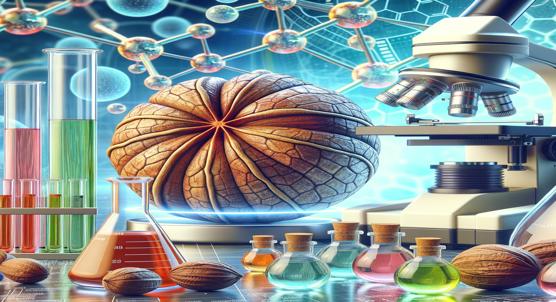
 2nd May, 2024
| Jim Crocker
2nd May, 2024
| Jim Crocker
Exploring Nutmeg Seed for New Medicine Potential
Nutmeg, a common spice, shows promise in treating illnesses, with properties that fight bacteria, fungi, and inflammation, and may improve heart health and mood.
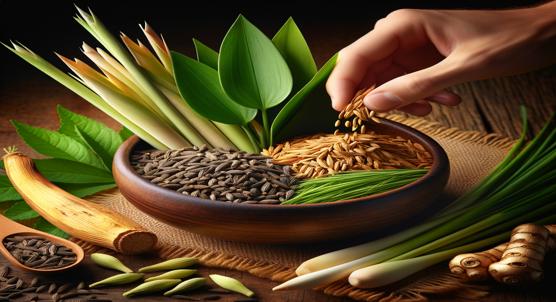
 25th April, 2024
| Greg Howard
25th April, 2024
| Greg Howard
Creating a Powerful Antioxidant Blend from Lemongrass, Caraway, and Sweet Flag
Scientists discover that blending essential oils from lemongrass, caraway, and sweet flag can create a powerful natural antioxidant mix, potentially replacing synthetic options in food and medicine.

 21st April, 2024
| Jenn Hoskins
21st April, 2024
| Jenn Hoskins
Creating Powerful Fungus-Fighting Nanoparticles from Mint Leaves
Scientists have developed eco-friendly nanoparticles using plant extracts that effectively combat plant pathogens, offering a greener alternative to chemical fungicides.

 11th April, 2024
| Jenn Hoskins
11th April, 2024
| Jenn Hoskins
Green Manure Boosts Oregano Growth and Oil Quality
Using green manure to grow oregano not only boosts its biomass and essential oil content but also enhances its health-promoting properties, offering a sustainable alternative to chemical fertilizers.

 25th March, 2024
| Jenn Hoskins
25th March, 2024
| Jenn Hoskins
Cinnamon's Boost to Anti-Inflammatory Treatment Effects
Cinnamon, a beloved kitchen spice, may enhance the effectiveness of infliximab, a drug for inflammatory diseases like arthritis, providing new hope for resistant cases.

 15th March, 2024
| Jenn Hoskins
15th March, 2024
| Jenn Hoskins
Assessing Health Risks from Metals in Saffron Grown with Wastewater
Using domestic wastewater to irrigate saffron in India improves crop growth without exceeding safety limits for heavy metals, posing no significant health risks.

 15th March, 2024
| Jenn Hoskins
15th March, 2024
| Jenn Hoskins
Creating Oregano Oil Nanocarriers to Fight Fish Disease
Researchers have boosted oregano oil's ability to fight food pathogens by using niosomes, tiny carriers that increased its effectiveness by 2-4 times against bacteria.

 15th March, 2024
| Jim Crocker
15th March, 2024
| Jim Crocker
How Coriander Grows with Various Fertilizers and Weeds
Recent research reveals how fertilization and weed management can increase coriander fruit yield and oil quality, impacting its use in health and industry.

 10th March, 2024
| Jenn Hoskins
10th March, 2024
| Jenn Hoskins
Testing Sterilization Methods on Spice Aromas and Cleanliness
Discover how steam and radiation processing methods ensure food safety by eradicating contaminants in spices while also influencing their unique scents and potential health benefits.
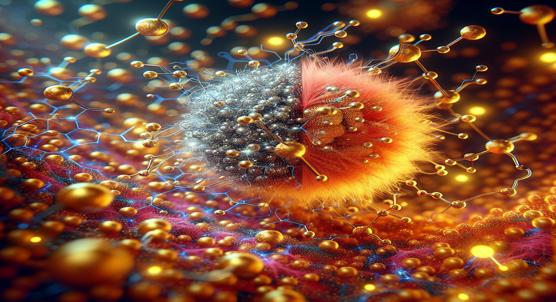
 2nd March, 2024
| Jenn Hoskins
2nd March, 2024
| Jenn Hoskins
Creating Dual-Metal Cancer-Fighting Nanoparticles with Saffron
Researchers develop a novel nanoparticle from palladium and zinc oxide using plant extract, showing promise in killing cervical cancer cells and reducing side effects.

 1st March, 2024
| Jenn Hoskins
1st March, 2024
| Jenn Hoskins
Barley, Cardamom, and Chickpea Mix Helps Fight Diabetes
University of Karachi research finds that poly-herbal granules combining barley, cardamom, and chickpeas can reduce blood sugar and obesity in diabetic rats, supporting traditional South Asian remedies.

 29th February, 2024
| Jenn Hoskins
29th February, 2024
| Jenn Hoskins
Saffron As a Natural Preservative for Soybean Oil
Saffron outshines synthetic alternatives in preserving soybean oil quality, excelling in keeping the oil's nutritional profile intact during long-term storage conditions.

 29th February, 2024
| Jim Crocker
29th February, 2024
| Jim Crocker
How Soil and Water Affect Lemongrass Growth and Oil Quality
Researchers found that soil treatments and water conditions affect the growth and citral-rich oil yield in lemongrass, crucial for various industries.

 29th February, 2024
| Jenn Hoskins
29th February, 2024
| Jenn Hoskins
Continuous Cleaning of Cumin Seeds with Touch-Free Heating Technology
Researchers developed a new method to purify cumin seeds using heat generated by electromagnetic fields, effectively killing bacteria while preserving flavor and quality.
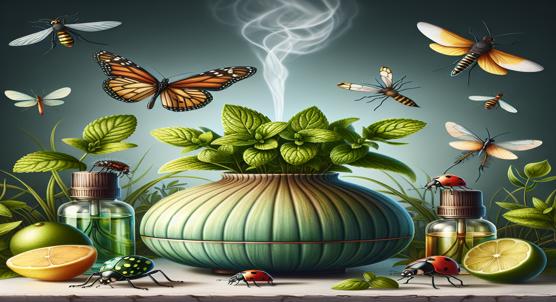
 25th February, 2024
| Jim Crocker
25th February, 2024
| Jim Crocker
Mint and Lemon Eucalyptus Oils' Effects on Mosquitoes and Other Bugs
Scientists find Spearmint and Citriodora essential oils can safely kill Culex mosquito larvae, the carriers of serious diseases, without harming beneficial insects like honey bees or aquatic predators, offering a sustainable and eco-friendly pest control solution.

 5th February, 2024
| Mary Jones
5th February, 2024
| Mary Jones
Can Spice Scents Make Food Taste Saltier and Cut Salt Use?
Researchers explore how the aroma of spices like turmeric, bay leaf, and parsley can fool our taste buds into sensing more saltiness in food, offering a tantalizing trick to reduce salt intake for better heart health.

 27th January, 2024
| Jenn Hoskins
27th January, 2024
| Jenn Hoskins
Boosting Cumin Oil Extraction with Cool Plasma Techniques
Scientists harness atmospheric cold plasma to increase cumin essential oil yield by 44%, unlocking a potential game-changer for the spice industry. This new method could make oil extraction more efficient and affordable while enhancing oil quality.

 25th January, 2024
| Greg Howard
25th January, 2024
| Greg Howard
How Ginger Affects Adult Weight and Body Shape: A Detailed Review
Researchers reveal that ginger could aid in weight management, showing a modest decrease in body weight, BMI, waist circumference, and body fat percentage. However, more rigorous studies are needed to confirm these preliminary findings.
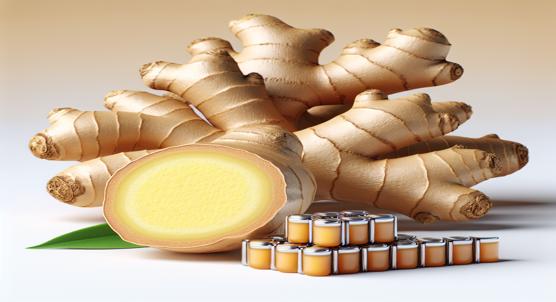
 25th January, 2024
| David Palenski
25th January, 2024
| David Palenski
How Ginger Extract Affects Eco-Friendly ZnO Catalysts
Scientists have discovered that ginger, a common spice, could play a crucial role in creating eco-friendly nanoparticles for water purification, hinting at a new sustainable technology to address acidic wastewater treatment.

 18th January, 2024
| Greg Howard
18th January, 2024
| Greg Howard
Nutmeg Compounds Fight Plant Disease by Blocking Fungi Growth
Scientists have uncovered nutmeg's hidden potential beyond flavoring: it contains fatty acids and unique compounds that can significantly inhibit growth of crop pathogens like Fusarium culmorum, offering a natural alternative to protect our food supplies.

 15th January, 2024
| Jim Crocker
15th January, 2024
| Jim Crocker
Using Natural Cinnamon Compound to Battle Tooth Decay Bacteria
The common spice, cinnamon, may hold the key to battling tooth decay, thanks to a compound called trans-cinnamaldehyde. Scientists found it effectively combats the tooth-damaging bacteria S. mutans, even when hardened into biofilms. This discovery sparks hope for new dental treatments.

